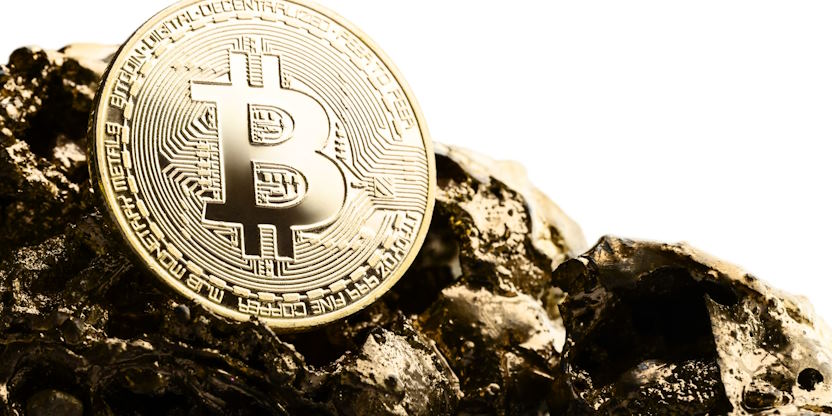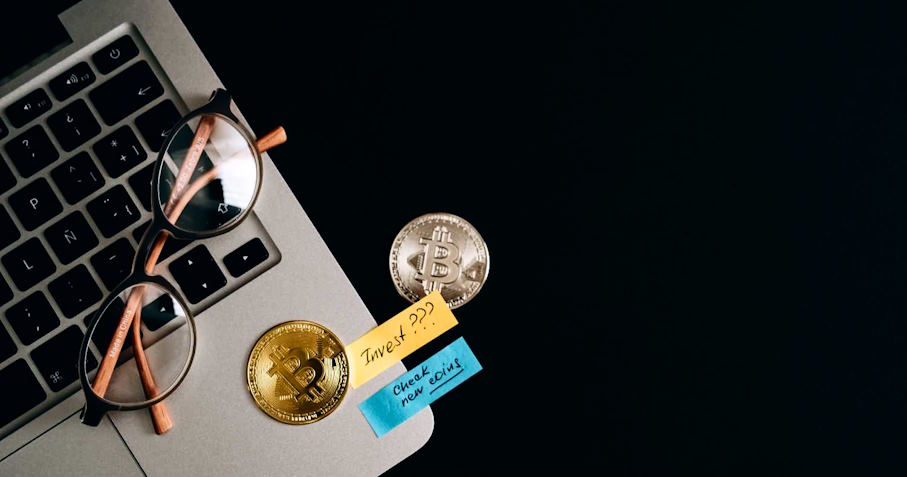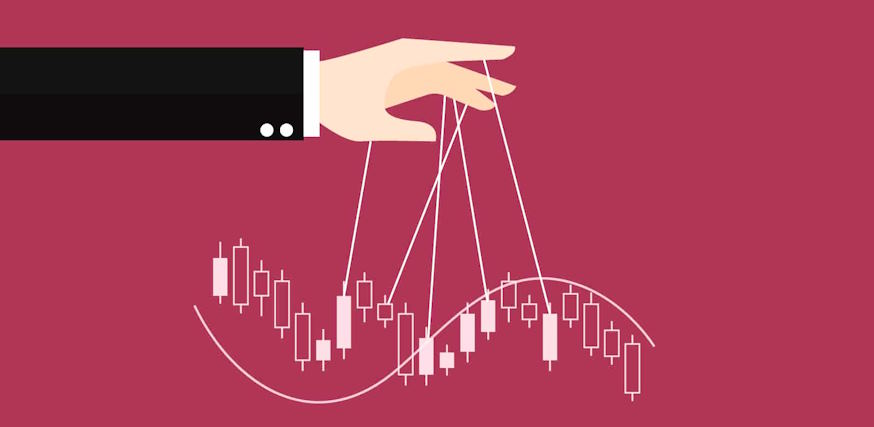As humanity’s pursuit of financial resilience evolves, so does the definition of what constitutes a reliable repository of wealth. Historically, precious metals have stood as the quintessential embodiment of this ideal, revered for their rarity, intrinsic value, and universal recognition. However, the advent of the digital age has birthed an entirely new breed of assets—cryptocurrencies—characterized by their decentralization, cryptographic security, and the promise of reshaping the very foundations of finance.
Precious Metals as a Store of Value
A historical journey unveils the deeply ingrained significance of precious metals, particularly gold and silver, as time-tested stores of value. Their enduring allure stems from intrinsic attributes such as scarcity and finite supply, which translate into sustained value. Tangibility, a tangible asset underpinning their value, adds a layer of trust. Moreover, the historical track record of precious metals as mediums of exchange and repositories of wealth contributes to their universal acceptance. However, this storied tradition is not without its contemporary challenges, including issues of portability, storage security, and divisibility.
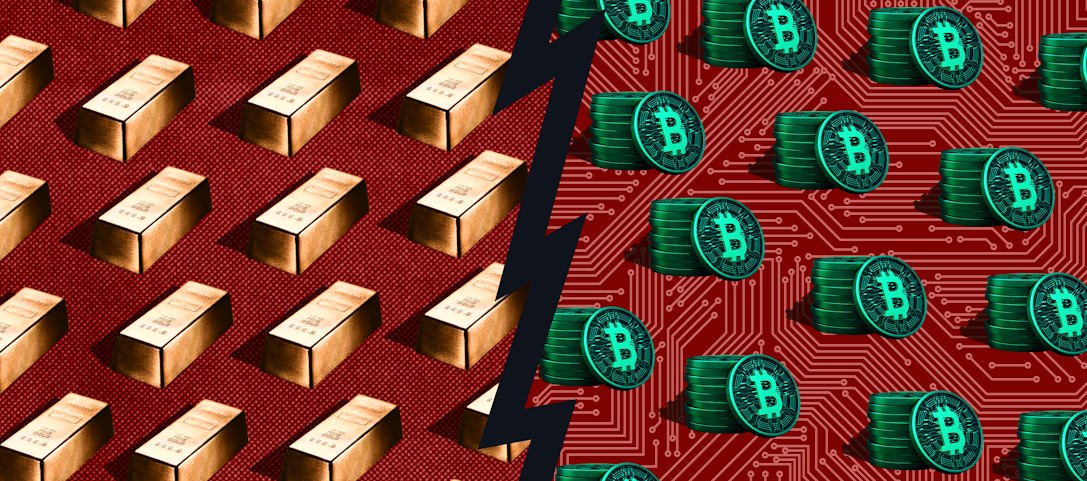
Cryptocurrency as a Store of Value
The 21st century introduced a seismic shift with the inception of cryptocurrencies, led by the pioneer Bitcoin. These digital assets embody new-age attributes that position them as potential stores of value. The digital scarcity enforced by protocols and controlled supplies parallel the rarity of precious metals, while decentralization and cryptographic security mechanisms mitigate the need for intermediaries. The borderless nature of cryptocurrencies opens avenues for frictionless global transfer, and their potential for divisibility and programmability introduces novel functionalities. But this nascent ecosystem also grapples with its own set of challenges, including wild price volatility, regulatory uncertainties, and the need for widespread adoption.
Comparing Cryptocurrency and Precious Metals
Drawing parallels between cryptocurrency and precious metals uncovers shared ground: both are driven by scarcity-based value propositions and offer means of hedging against traditional financial markets. However, their differences loom large. While precious metals bear tangible, historical weight, cryptocurrencies thrive in the realm of digital innovation. Storage, security, and divisibility mechanisms diverge, shaping their practicality as stores of value for modern investors.
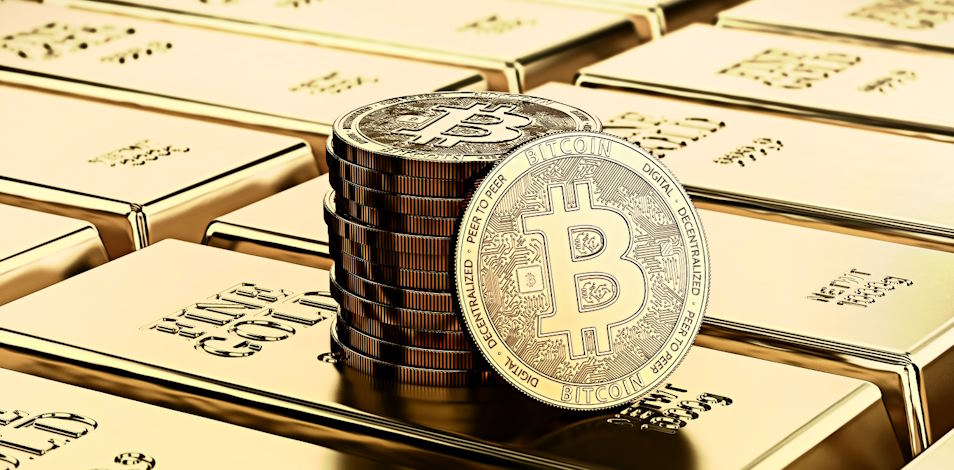
Contemporary Use Cases and Market Trends
Recent years have witnessed a surge in adoption and investment in both asset classes. Precious metals have regained favor as hedges against inflation and economic instability, while cryptocurrencies attract a diverse spectrum of investors seeking exposure to disruptive technologies and potential astronomical gains. Geopolitical uncertainties have breathed renewed life into both realms, underscoring their relevance in safeguarding against global turmoil. The rise of digital platforms and changing investor preferences further influence the evolving dynamics of these markets.
Risks and Future Outlook
However promising, both precious metals and cryptocurrencies bear inherent risks. Precious metals are susceptible to price manipulation and market volatility, while regulations cast shadows over the cryptocurrency landscape. Continued technological advancements invite unforeseen vulnerabilities. As we gaze into the future, it becomes increasingly vital to speculate on the roles these assets will play. Investor preferences are poised to shift, potentially leading to hybrid solutions that amalgamate the strengths of both asset classes. Their integration into diversified portfolios, augmented by innovative financial products, could herald a new era of wealth preservation.

